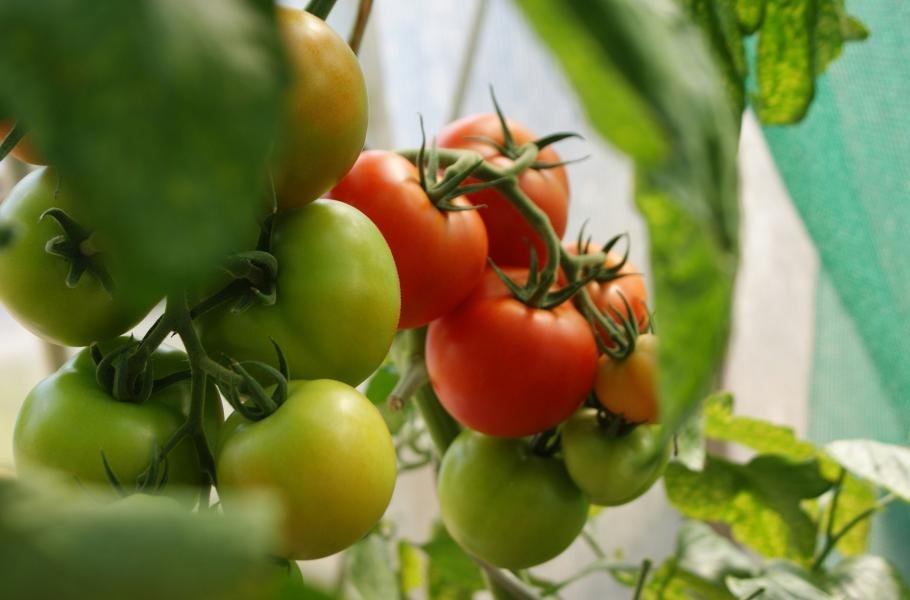Most representatives of the terrestrial flora can do no more than a soft rustling in the gusts of wind in the acoustic region. At the same time, plants conduct complex dialogues in which they warn each other or call for help.
Plants are seemingly completely passive organisms that just patiently accept external events. Not only do they have no influence on their formation and course, but it might even seem that they are completely indifferent to the surrounding events. However, this assumption is completely wrong. With a bit of exaggeration, it can be said that plants can be cunning, frightened and combative. And these „feelings“ can communicate effectively.
A message of massacre
A plant that has been attacked by a pest secretes a wide variety of volatile substances into the environment. This is not just „chemical bleeding“, but a warning cry. The surrounding plants react to this „smell of carnage“ in a flash and mobilize their own defense mechanisms. As if by accident, they produce substances that are not good for pests. Some have a bitter taste, others are poisonous to pests or prevent them from digesting what they have eaten.
The plant also produces substances ahead of time that will allow it to more easily handle possible damage. California sagebrush Artemisia californica attacked by herbivorous locusts Melanoplus bowditchi sends a warning signal through the air, to which other plants respond by producing defense substances. It is remarkable that genetically identical wormwoods created by offshoots from the mother plant understand each other’s signaling better than the signals sent by unrelated members of their own species. It could be said that within one „family“ it is easier for wormwood to come to an agreement.
Jasmonic acid plays a key role in the defense reaction. Its molecules are released when plant tissues are damaged and trigger both the plant’s internal defense mechanisms and the production of volatile substances that serve as a warning signal for the wider environment. Plants synthesize, for example, salicylic acid in response to the declared odor alarm, which acts as a hormone in the plant organism and activates the defense against the consequences of damage. Through a biochemical reaction, the acid turns into volatile methyl salicylate, which carries a warning message to surrounding plants.
False alarm fuse
For plants, an odor warning system against pests is advantageous. Having defense mechanisms permanently on is very challenging. In this way, when there is no threat of disease or pest damage, the plant can save energy and „switch off“. After receiving a warning signal, it can activate defensive mechanisms in a flash.
However, it is not a „primitive“ on/off system. The plants are additionally insured against a false alarm. Leaf damage can also occur on other occasions than pest or disease attack. For example, a dead tree branch may fall on the herb or it may be stepped on by a passing animal. It would be pointless to set in motion the same elaborate machinery of defense mechanisms in such an accident as in a caterpillar attack.
For example, wild tobaccos (Nicotiana) can easily recognize both types of accidents. Damage to leaves by caterpillar bites is identified by the fact that caterpillar saliva gets into the chewed cells. Then there is no time to hesitate and a defense reaction directed against the caterpillars is immediately triggered. If there is no saliva in the wound, tobacco is significantly more moderate in its response to injury.
The way in which saliva triggers the defense reaction of the attacked plant was studied in great detail during the fight between the leguminous plant Vigna unguiculata and the caterpillars of the lightning moth belonging to the species Spodoptera frugiperda. Along with the plant material, the caterpillar also eats a large amount of the plant enzyme ATP-synthase, which is involved in the synthesis of the energy-rich adenosine triphosphate molecule in the leaves. The enzyme is a large protein molecule that the caterpillar breaks down in its saliva to release a short molecule called inceptin. It returns to the plant through the chewing caterpillar’s saliva, where it sets off an alarm. Error is excluded. Nothing but caterpillar saliva can make inceptin from the enzyme.




